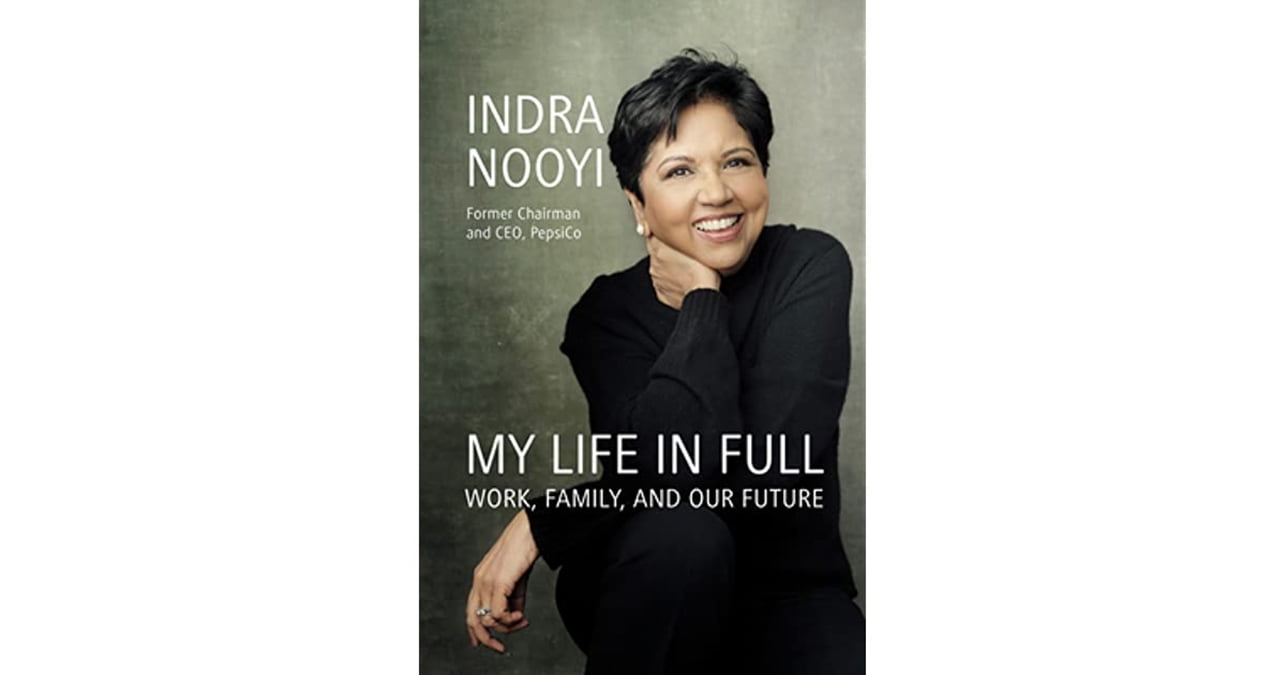“I wasn’t upset when I was excluded from the customs of male power; I was just happy to be included at all,” writes Indra Nooyi in her memoir My Life in Full: Work, Family, and Our Future (published by Hachette India), about her initial working years as she gradually worked towards equal pay and perks for herself as an ambitious, assertive, diligent woman — from a Brahmin family with inherited privileges which she doesn’t fully acknowledge. Indra Nooyi instead goes on to celebrate the oppressive practices of the so-called upper castes. One needs to read Dr B R Ambedkar, Jotirao Phule, EVR Periyar or Savitribai Phule to comprehend the enormity of the camouflage.
Indra’s life is inspiring — albeit only to those who aim to gatekeep success and the definition of it. Everything that Indra worked for and achieved is plausible for those who have a Brahmin background with generations of education and wealth beyond them. Furthermore, everything that she achieved is possible for those who believe in the impossible but C-suite’s favourite combination of “democracy and capitalism” where the latter can only be established by battering the former.
Also read: Indra Nooyi’s Lady Chips & The Troubling Ideas Of Gendered Marketing
Ever since the beginning of the book, Indra comes across as a woman who gives her best in everything she does. However, a lot of it is due to the lack of obstacles she faces which are faced by most women in India especially those who have been systemically rendered to the margins of caste, class, and region. That Indra’s book doesn’t acknowledge these facets and paints her only as a woman of colour is only a concealment of the truth.
Ever since the beginning of the book, Indra comes across as a woman who gives her best in everything she does. However, a lot of it is due to the lack of obstacles she faces which are faced by most women in India especially those who have been systemically rendered to the margins of caste, class, and region. That Indra’s book doesn’t acknowledge these facets and paints her only as a woman of colour is only a concealment of the truth. Indra belongs to a community which has a history, present and a planned future of exploiting the other marginalised communities and most women in India have circumstances far removed from hers. Her interviewers and her professors, belonged to the same community as hers compounded by the fact that hers was an established family assuring that she doesn’t face the kind of violence and discrimination that most other women in India face.
As a woman CEO, she does focus on topics such as equal pay, child care, unpaid domestic labour performed by women, mansplaining, and not being taken as seriously as men, though she refers to herself as “chairman”. Her analysis of how men are described with respect to their qualities and then referred to with an “and” ameliorating their greatness but how women are defined with respect to their work and then with an added “but” negating their achievements is on point.
However, throughout the arc development of the book, Indra aligns with the pattern of the same men whom she calls out for their unfair and discriminatory policies. She rightfully calls out men for their hypocrisy in not encouraging women, in not bringing in gender parity and fair policies at the workplace and in their personal lives. Yet, in her book, Indra herself doesn’t even mention let alone work around policies for SC, ST and OBC women from India, or Black women in the West. She takes cis women as the only female identity and continuously speaks about the world and the family in a cis-hetero normative gender-binary structure with no acknowledgement of the LGBTQIA+ community. In aligning with the patriarchal values of attaching respect to women because they are “our daughters or sisters or wives”, she makes an erroneous claim.
Indra’s obstructive behaviour and complete disregard for those concerned about the devastating effects of capitalism can be found when she counts the “frustrations and indignations of the job” and then begins the next line with “The activists” enumerating them as her first enemy while successively listing the performance pressure, the unwillingness of executives to change, and the negative behaviour that was meted onto her. That Indra is dedicated and devoted to her modulus self-goals is irrefutable, however, instead of fighting the problematic structures; she only upholds them by stating that even if a woman reaches “within striking distance of the CEO’s office—two or three levels away—the idea of balancing work with any kind of normal life outside work isn’t practical.” If such is the case and if Indra overcame them to reach the top, she could have paved the way to change these inhumane expectations. However, she has only perpetuated them further. And throughout the book, she doesn’t focus on the liberation of the working class women working in the organisation.
Also read: Indra Nooyi Might Find Asking For Fair Wages ‘Cringeworthy’, But We Should Know And Do Better
hat Indra is dedicated and devoted to her modulus self-goals is irrefutable, however, instead of fighting the problematic structures; she only upholds them by stating that even if a woman reaches “within striking distance of the CEO’s office—two or three levels away—the idea of balancing work with any kind of normal life outside work isn’t practical.” If such is the case and if Indra overcame them to reach the top, she could have paved the way to change these inhumane expectations. However, she has only perpetuated them further. And throughout the book, she doesn’t focus on the liberation of the working class women working in the organisation.
The India that Indra comes from and speaks of is limited to a scant number of affluent, elite people. It doesn’t encompass the vast majority of women who are forced onto the margins. Indra, given she claims that women in the corporate setting need to be present in their work all round the clock, is only taking the labour of marginalised women for granted. The emancipation of the elite woman then is coming at the cost of the marginalised woman. This is not gender equality for the masses or the structure of patriarchy being overthrown. This is then, only a handful of women, joining hands with capitalism to exploit the marginalised further. What is being sold as an “Anything is possible” journey in the book is only a gatekept garden whose registration form itself is unavailable to most women, and which stands on a ground built by the exploited labour of marginalised women. And sometimes, anything and everything need not be possible if they come at the cost of being an exception where rights need to be universal.
Featured image source: Goodreads
About the author(s)
Ankita Apurva was born with a pen and a sickle.





